This book is on Indian forests. In natural formations bamboo flowers at long intervals. But in the post World War II era, especially in India after 1959, flowering of bamboo began to portend disaster. This study explores not only how and why the pulp and paper industry caused the death of the bamboo forests that were an inexhaustible source of its raw material; it also investigates the impact that cultivation of alternate raw material has had upon the forest eco-system. In this context the negative role of the prestigious UNFAO is emphatically explored. Clues to many of these issues are found in the natural and social history of the forests. The indigenous people are viewed as a part of the forest eco-system. The political economy of the forest based industry has made the study many layered, into which is woven the intrigues of the FAO. The industry’s four decades of shadow boxing with the state and its antipathy against the ‘Licence Raj’ followed by its fears upon opening up of the Indian economy need not have occurred. The profit generating private sector, the PPI did not care to modernize like the late emerging public sector newsprint industry had done. The latter has raw material saving technology and pollution free techniques for the production of newsprint. Incidentally, the study also touches upon the destruction of the timber forests by the ply and veneer industry.
Labour Movement in India 1937-1939 Documents (Volume 17-18)
Original documents are of ...
$125.10
$139.00


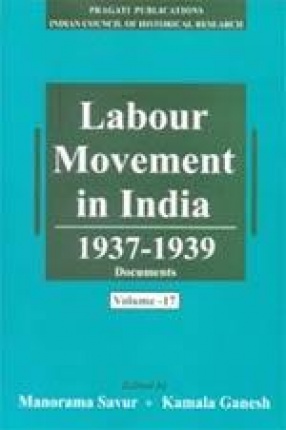
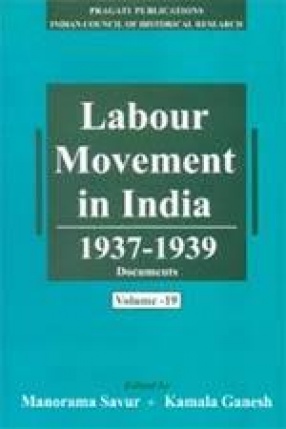
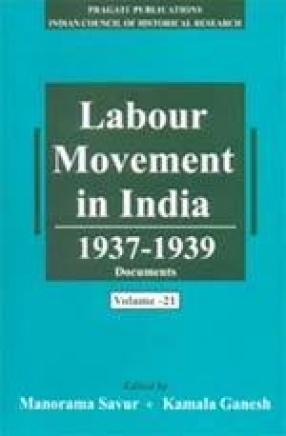
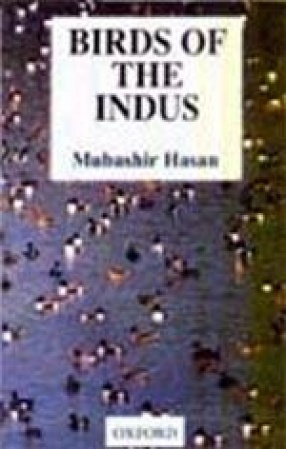
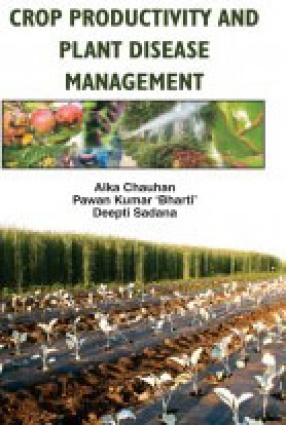

There are no reviews yet.